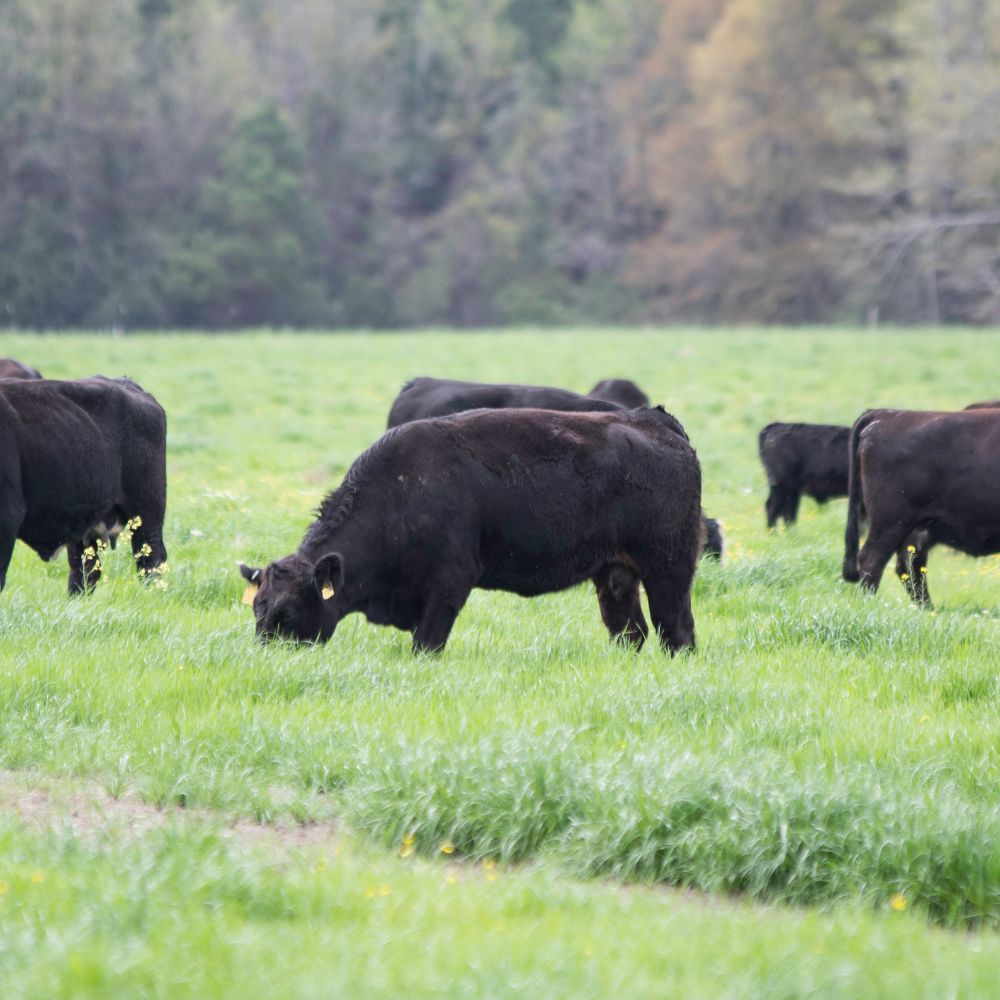Proactive Defense: Bagley Risk Management Methods
Wiki Article
Understanding Animals Risk Protection (LRP) Insurance: A Comprehensive Guide
Navigating the world of animals threat security (LRP) insurance can be a complex endeavor for several in the farming market. This type of insurance offers a safeguard versus market changes and unforeseen conditions that could influence livestock producers. By understanding the complexities of LRP insurance coverage, manufacturers can make informed choices that may secure their operations from financial dangers. From just how LRP insurance coverage functions to the different coverage alternatives available, there is much to discover in this thorough overview that could potentially form the means animals manufacturers come close to risk monitoring in their services.

Just How LRP Insurance Policy Functions
Sometimes, comprehending the auto mechanics of Animals Danger Defense (LRP) insurance can be complex, but breaking down how it functions can supply quality for herdsmans and farmers. LRP insurance coverage is a threat monitoring tool made to protect animals manufacturers versus unanticipated price declines. The policy allows manufacturers to establish a protection degree based upon their particular needs, selecting the variety of head, weight array, and insurance coverage price. When the policy remains in area, if market rates drop listed below the coverage rate, producers can file a case for the difference. It is necessary to keep in mind that LRP insurance policy is not a profits guarantee; rather, it focuses solely on rate risk security. The protection period usually ranges from 13 to 52 weeks, giving versatility for manufacturers to pick a duration that lines up with their production cycle. By utilizing LRP insurance coverage, farmers and breeders can alleviate the economic dangers connected with rising and fall market costs, ensuring better security in their operations.Eligibility and Coverage Options

When it comes to insurance coverage alternatives, LRP insurance policy provides producers the adaptability to select the insurance coverage degree, coverage duration, and endorsements that best fit their threat monitoring demands. By recognizing the qualification standards and coverage options available, animals manufacturers can make enlightened choices to take care of threat effectively.
Benefits And Drawbacks of LRP Insurance
When examining Animals Danger Security (LRP) insurance, it is important for livestock manufacturers to weigh the negative aspects and advantages intrinsic in this threat administration tool.
One of the main advantages of LRP insurance is its ability to give security versus a decline in animals rates. This can help protect producers from economic losses arising from market fluctuations. Furthermore, LRP insurance provides a degree of versatility, permitting manufacturers to tailor insurance coverage degrees and policy periods to match their details requirements. By securing an assured rate for their livestock, manufacturers can better handle risk and prepare for the future.
One limitation of LRP insurance policy is that it does not secure versus all kinds of dangers, such as disease episodes or natural disasters. It is essential for manufacturers to meticulously analyze their private threat exposure and financial situation to establish if LRP insurance is the best risk monitoring device for their procedure.
Understanding LRP Insurance Premiums

Tips for Making The Most Of LRP Conveniences
Taking full advantage of the advantages of Animals Risk Protection (LRP) insurance coverage calls for strategic preparation and aggressive risk administration - Bagley Risk Management. To take advantage of your LRP protection, think about the adhering to tips:Frequently Analyze Market Conditions: Keep educated concerning market trends and cost changes in the livestock market. By checking these factors, you can make informed choices about when to buy LRP insurance coverage to protect against potential losses.
Set Realistic Protection Levels: When choosing protection degrees, consider your manufacturing expenses, market worth of animals, and possible site threats - Bagley Risk Management. Establishing practical insurance coverage degrees ensures that you are adequately protected without paying too much for unneeded insurance policy
Expand Your Insurance Coverage: Rather than depending exclusively on LRP insurance coverage, take into consideration expanding your danger administration techniques. Integrating LRP with other risk monitoring tools such as futures agreements or options can provide detailed coverage versus market unpredictabilities.
Testimonial and Change Coverage Consistently: As market problems change, regularly evaluate your LRP insurance coverage to ensure it aligns with your existing danger exposure. Readjusting coverage levels and timing of acquisitions can assist maximize your risk protection approach. By complying with these tips, you can take full advantage of the benefits of LRP insurance policy and secure your livestock procedure against unpredicted dangers.
Conclusion
Finally, livestock threat protection (LRP) insurance policy is a valuable device for farmers to manage the financial threats connected with their animals operations. By comprehending how LRP works, qualification and coverage options, along with the pros and cons of this insurance policy, farmers can make educated choices to secure their resources. By thoroughly weblink considering LRP premiums and carrying out techniques to take full advantage of advantages, farmers can mitigate prospective losses and make certain the sustainability of their operations.
Livestock manufacturers interested in getting Livestock Danger Security (LRP) insurance policy can discover a variety of qualification requirements and protection options tailored to their details livestock operations.When it comes to coverage choices, LRP insurance policy offers producers the versatility to select the insurance coverage degree, insurance coverage period, and endorsements that best fit their danger monitoring demands.To realize the complexities of Animals Danger Security (LRP) insurance coverage totally, understanding the factors influencing LRP insurance policy costs is critical. LRP insurance coverage costs are determined by numerous components, including the coverage degree chosen, the expected price of animals at the end of the insurance Web Site coverage duration, the type of livestock being guaranteed, and the size of the coverage duration.Testimonial and Change Coverage Consistently: As market problems alter, periodically evaluate your LRP insurance coverage to guarantee it lines up with your current threat direct exposure.
Report this wiki page